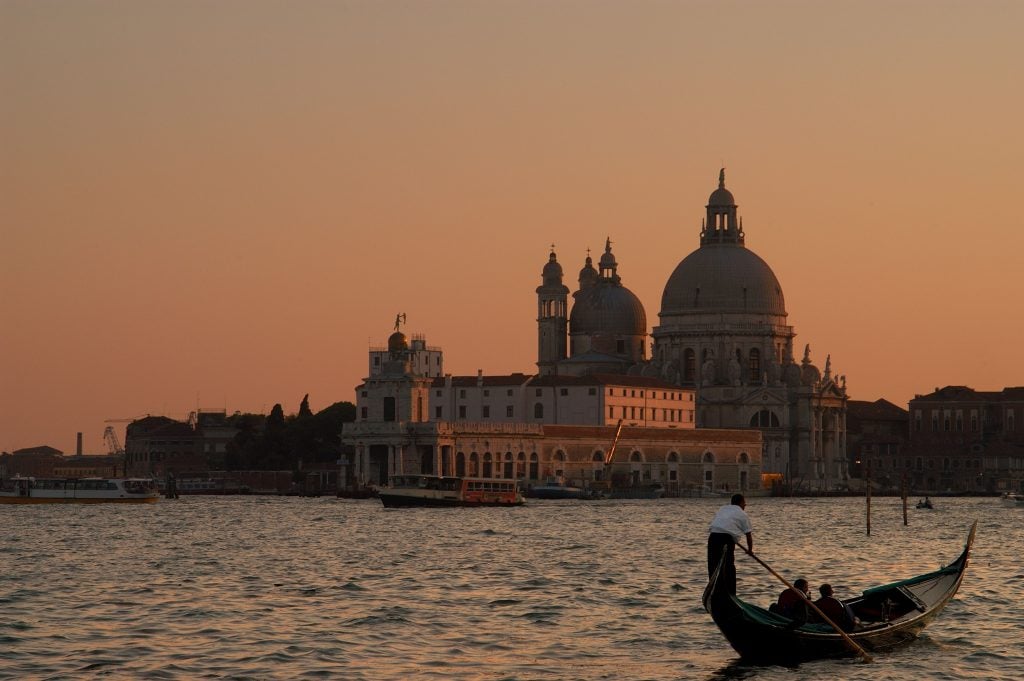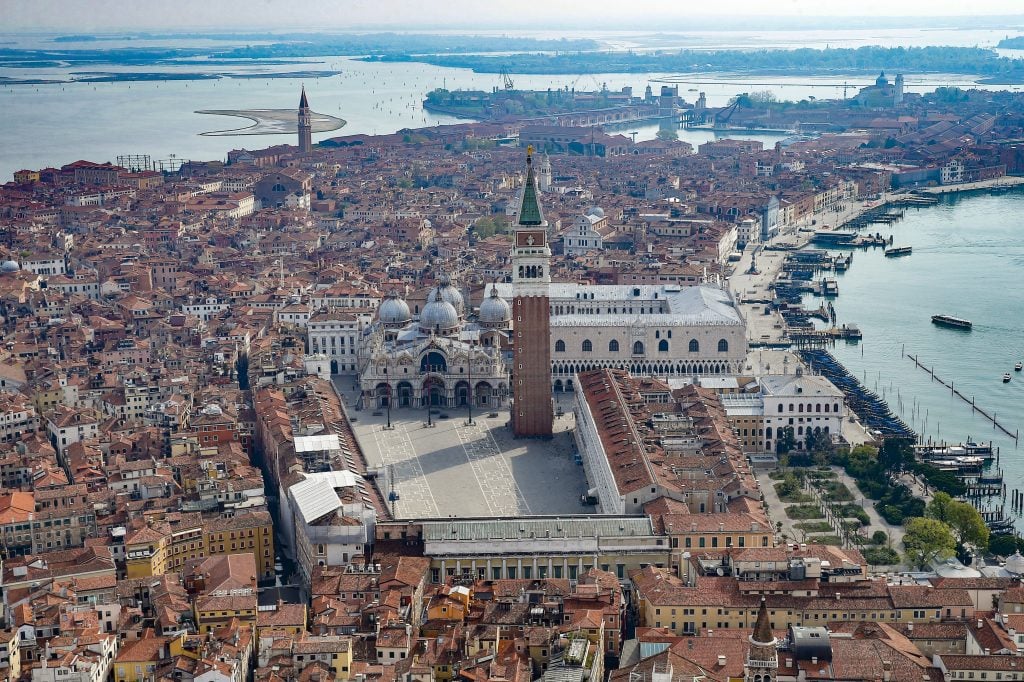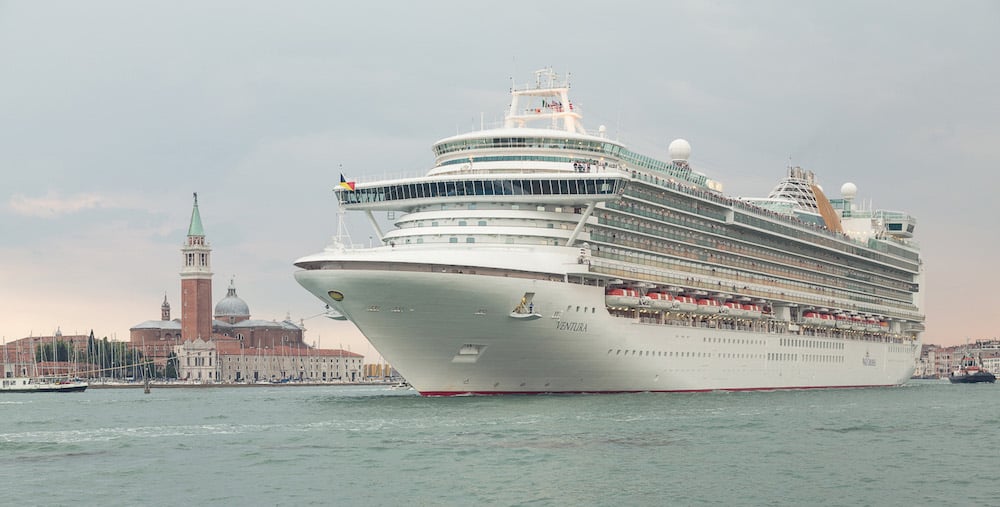Art World
In a Quest to Quash Overcrowding, Venice Is Set to Become the First City in the World to Charge Day-Trippers an Entry Fee
Overnight hotel guests, already taxed by the city, are exempt.

Overnight hotel guests, already taxed by the city, are exempt.

Sarah Cascone

Tourists looking to make a day trip to La Serenissima will soon be hit with a new tax.
Lawmakers have approved a daily tourist fee, requiring out-of-towners stopping in for the day to book a visit in advance and pass through turnstiles with a QR code for entry.
Guests who have booked overnight stays in the city will be exempt from the fee, as will residents and their relatives and children under six. Venice will be the first major city in the world to institute such a fee, reports the Evening Standard.
Proponents of the fee see it a necessary step in combating over-tourism the in picturesque lagoon city. Yet critics have denounced the planned turnstiles for being amusement park-like.
“It is an unconstitutional measure and against European law,” city councilor Marco Gasparinetti told La Stampa, according to Forbes. “It is humiliating for the city, for its residents and for visitors.”

An aerial view from a helicopter of Venice’s Piazza San Marco. Photo by Mattia Ozbot/Soccrates Images/Getty Images.
First announced in 2018, the “contributo di accesso,” or access fee, will go into effect next summer. Implementation was originally set for May 2019, before being pushed to September 2019 and then to July 2020, and delayed again to the start of 2022 as tourism plummeted. (Levels are back up to 80,000 visitors a day, according to the London Times.)
The fee is set to fluctuate based on the time of year, ranging from €3 ($3.52) in the low season to €10 ($11.73) on peak summer weekends.
Before 2020, Venice welcomed 30 million people annually, some 70 percent of whom only stopped in for the day, according to the the Telegraph.
And unlike overnight guests, who were charged nightly city taxes, those who swarmed Saint Mark’s Square and the Rialto Bridge before heading back to their cruise ships contributed relatively little to the city’s economy. (Only 7.8 million people bought tickets to museums, churches, or other tourist attractions in 2019.)

The passage of a cruise ship in the St. Mark’s Basin in Venice. Photo by Delfino Sisto Legnani/World Monuments Fund Image courtesy Fondazione Venezia 2000.
After years of failed efforts, the city has also finally cracked down this month on large cruise ships, whose passengers make up a large number of Venice day trippers. Local residents and environmentalists alike had pushed for the city to ban the large ships, which damage the fragile city foundations.
Yet despite that pressure, and numerous efforts to institute a ban, the cruise ships were allowed to remain. In despair after a 2019 cruise ship crash injured five people, Venice Mayor Luigi Brugnaro told Italy’s Radio 24 he would ask UNESCO to make good on its threat to blacklist the city if the government refused to take action.
Now, it seems as through Vence is finally ready to put an end to large cruise ship visits: as of the first of August, vessels weighing more than 25,000 have been forced to dock at the mainland industrial port of Marghera.